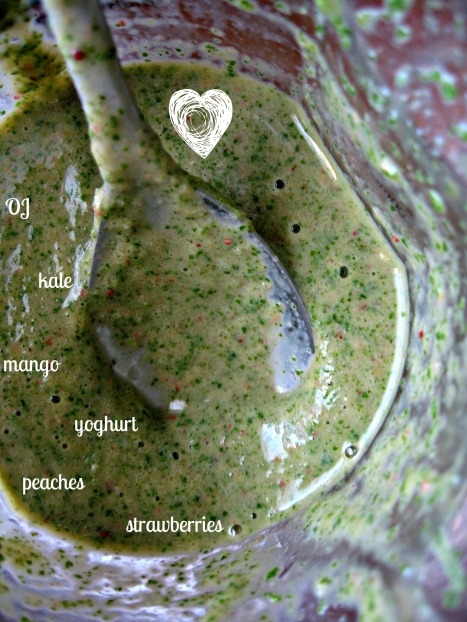What’s the Word? Wednesday … more like Where’s the Word? Wednesday. I’d like to defend myself for a second. One, I’ve been sickly. I know that seive holds no water, you are also sick and working. My second excuse is better however, J isn’t so easy. Let me review some options.
Jack fruit? Never eaten it. Jicama, love it but I have not cooked with it.
I could have chosen jalepeno because I love spicy food and throw these fiery gems in just about everything. I could have chosen juniper and rambled on about gin and cocktails and wintery pine aromas. I could have even chosen junk food because we all battle with it at one point or another and some is really not vegetarian and other pre-packed foods are unassumingly vegan.
I didn’t choose any of the above, instead, for What’s The Word? Wednesday this week, I’m choosing to talk about something I want to learn more about.
J is for Juicing
Joy the Baker recently posted about juice on her blog, something that I feel like has been around forever; remember the infomercials in the mid 90s for Jack LaLanne’s Power Juicer? Juicing however has seemed to stand the test of time, briefly interrupted by protein shakes, wheat grass shots and green smoothies. Juice bars pop up next to gyms and suddenly everyone is getting in on the fresh, and energizing plant power of juice.
I myself am no expert nor do I own a juicer because right now it’s not in my budget but hopefully one day soon. As Joy explains in her post, there are two types of juicers, one that utilizes blades to microscopically mince fruit and vegetable matter into a liquified pulp (see Vitamix). The second is what is called a slow juicer (see Hurom Slow Juicer), which I can only imagine presses the living essence out of each living thing you put in it. Have questions about the difference? I’m no juice genius BUT there is a ton of info out there, so grab it!
What is it?
Juicing is the act of adding, fruit, vegetables, and sometimes herbs to a mechanical juicer/blender to extract most of the pulp from the juice.
What does it taste like?
You can make so many kinds of juice and most juicers come with a recipe book although recipes are easy enough to find online. Most recipes are labelled with the general benefits of the juice such as a ‘detoxifying juice’ or ‘energy juice’ etc.
Where do I use it?
You can use juices are meal supplements but they shouldn’t be used often as meal replacements. They are an awesome way to get picky eaters to consume raw vegetation with all their nutrients intact. They add balance and variety to your diet, and you can even use the leftover pulp to throw into baked goods, soups and stews and a variety of other things so nothing goes to waste.
Are there health benefits?
There are so many health benefits to juicing. One you are eating the majority of the plant or fruit, all the living vitamins and minerals in one easy-to-digest and smaller portion. Can you imagine eating two apples, some celery, a piece of ginger and a raw beet raw all in one sitting? Probably not. Juice is easy on your digestive system and because most of the fibre if the juice is extracted through maceration(or annihilation), you can get in so many nutrients in one little serving of juice. Plus if nothing else, they are hydrating and we all need a little more liquid in our diet (unfortunately I don’t mean wine).
V-Spot recipes and suggestion for juicing:
I have smoothie recipes (see here, here and here) but not actual juice recipes. For that I call in the experts, please see below.
Juice Recipe Inspriation:


Good call! We are avid juicers here! Even Miss Vi loves it (and we get her veggies in) 🙂
Awesome! I can’t decide which I want more everyone I know has a vitamix it seems.